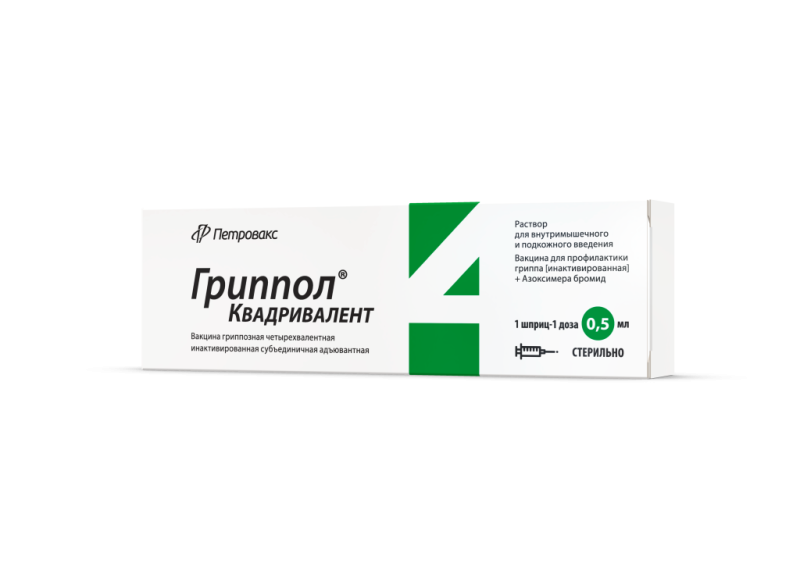
Experts Explain How to Preserve Reproductive Potential of Russian Women

The population’s reproductive health is one of the most important topics on the Russian demographic agenda. According to the Federal State Statistics Service, the birth rate in our country over the past 2022 decreased by 6.7 % as compared to 2021[1]. Experts gathered at the 7th All-Russian Scientific and Practical Semina titled «The Russian Reproductive Potential: Versions and Counter-Versions» in Sochi explained which factors influence the development of infertility and the modern therapy methods that can solve the problem of infertility in women.
According to Dr. habil. med., Professor Mekan Orazov, the frequency of infertility of uterine origin reaches 50 %. The professor noted that, in case of uterine infertility, defects in egg cell implantation are found, which are complemented by nosologies associated with defects in the endometrium angioarchitecture. Dr. Orazov mentioned a study which had shown that endometrial hypoplasia (functional layer insufficiency) is observed in a third of patients with the uterine infertility factor. This suggests that assisted reproductive technologies used to treat such problems are successful in no more than 31 % of cases.
However, not only the uterine factor affects the women’s reproductive health. Some gynecological diseases of the pelvic organs can have a direct impact on the development of infertility. Thus, an inflammatory disease such as endometritis, which occurs when an infection enters the uterine cavity, can lead to serious consequences, including menstrual irregularities and infertility.
The disease becomes chronic if infection occurs concurrently with a compromised immune system or if treatment of an acute process has not been completed. If no treatment is sought on time, the disease may have extremely severe consequences: chronic abdominal pain, endometrial polyps and cysts, menstrual irregularities, infertility, and increased risk of miscarriage. Modern means for treatment and prevention of gynecological diseases include medicinal and surgical methods. The most effective way to treat infertility caused by endometrial dysfunction is considered to be a comprehensive therapy aimed at restoring the damaged tissue and reducing the likelihood of relapses.
Acute and chronic endometritis is traditionally treated using antibacterial drugs which, however, are often not enough for recovery, since not only the inner layer of the uterus is affected in patients with endometritis, but also the adjacent abdominal organs, the endocrine and immune systems.
The speakers noted the role of a comprehensive therapy using a medicine based on bovhyaluronidase azoximer (Longidaza®). It allows to restore the morphological structure of the endometrium due to its antifibrotic, anti-inflammatory, and immunomodulatory effects.


